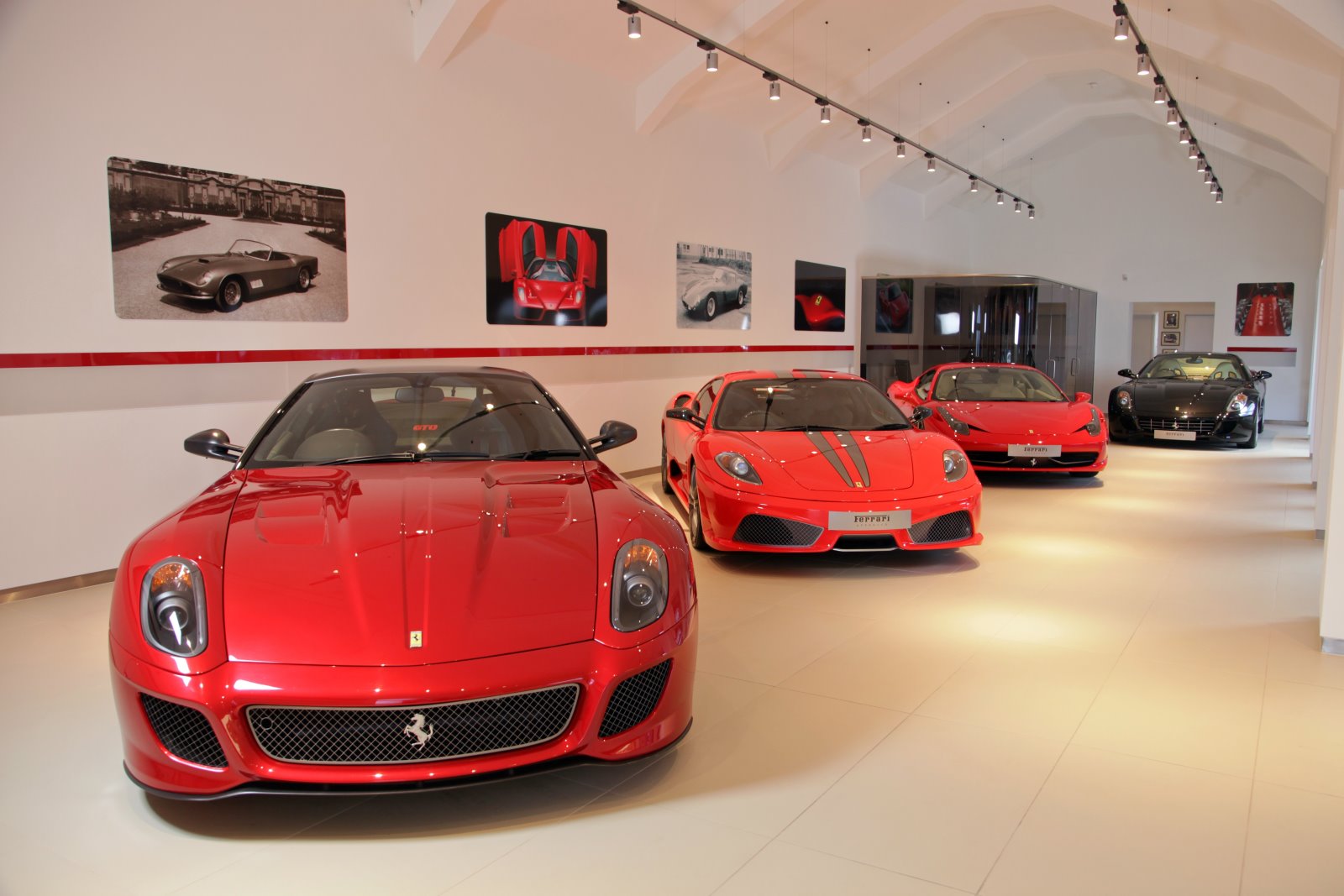
Jack Yan looks at the legacy of Sergio Pininfarina, one of the most famed car designers in automotive history
photographs courtesy manufacturers
from issue 29 of Lucire
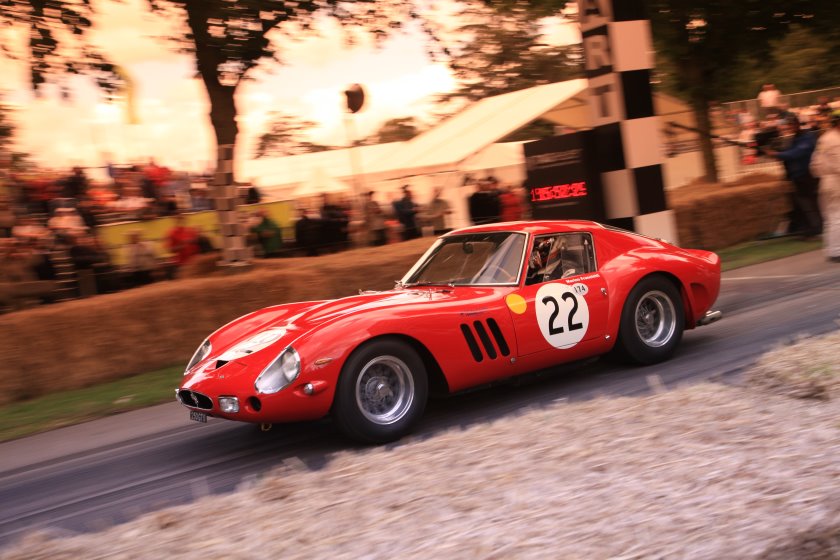
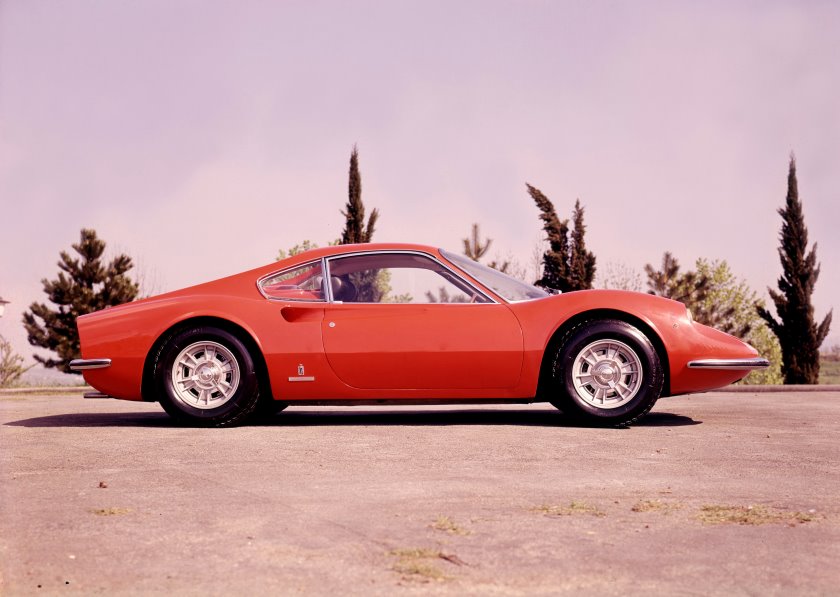
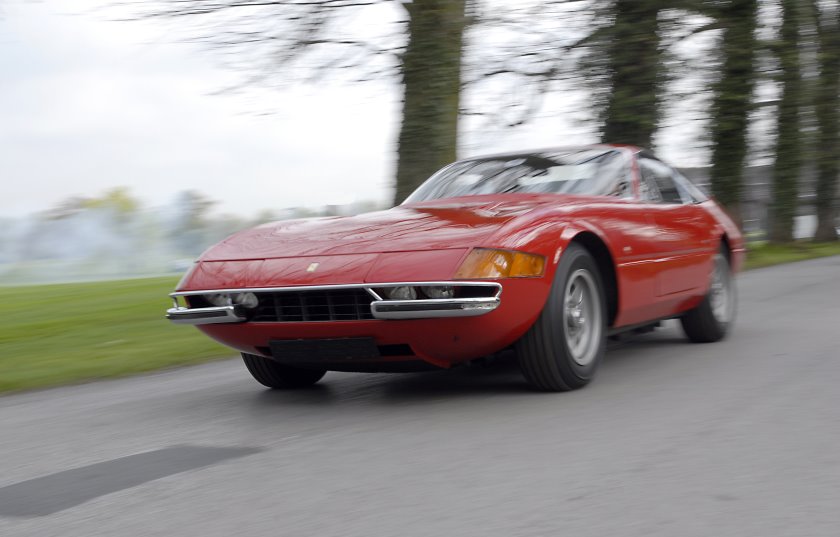
Above from top The showroom for Meridien Modena in Lyndhurst, Hampshire, pays respect to Ferrari’s history—and in doing so, Pininfarina’s legacy. The Ferrari 250 GTO, possibly the most famous of them all. The Dino 246 GTB, whose lines still impact on modern, mid-engined Ferraris. The Ferrari 365 GTB/4, or Daytona.
Jack Yan is publisher of Lucire.
When you think of Pininfarina, you think of Ferrari. The association between Italy’s most famous marque and one of its top design houses began in the 1950s when Sergio Farina, the son of the founder, Battista Farina, was put in charge of the Ferrari account. The young Sergio won over the client, it is said in part through his likeable nature, and in part because of his design integrity.
But he had his work cut out for him.
Battista Farina, nicknamed Pinin, arguably established the Italian car design industry, using technology to automate the process where possible. He was the first to move to monocoque construction, and invested heavily in facilities and R&D, ensuring it could stand independently of the car manufacturers. It built under contract, including the 1946 Cisitalia, a vehicle with simple lines yet sporting proportions that influenced the shape of cars in decades to come. It was displayed at the Museum of Modern Art in New York. full-width bodywork, haunches over the rear wheels, and a fastback design, it helped establish Farina’s postwar reputation as well as that of Italian automotive design in general. Yet, the story goes, the senior Farina was not that keen on travelling 130 km to tout for business, and it was up to Sergio, who had recently joined the family firm, to make the call.
Enzo Ferrari, il Commendatore, was not known to suffer fools gladly, either. In the 1940s, he had started his own firm after working for Alfa Romeo before the war, and to finance his racing car programme, turned to selling production road cars. Later accounts show Ferrari to be particularly protective of his firm. But in 1951, at Sergio Farina’s initiation, Ferrari met Farina et fils at a restaurant in Tortona, between Ferrari’s base in Modena and Farina’s in Torino.
Recalled Sergio, ‘I remember that we met in a restaurant and had lunch and immediately the two great men had a great sympathy and feeling for each other. They both wished to start this cooperation … My father had the feeling Ferrari was a new, young firm that would become representative of the Italian industry, especially in the sporting field.’
The first product of the arrangement, the 212 Inter Cabriolet, showed a typical Farina style of the era: clean lines, an absence of ornamentation, a line dipping gently toward the rear. Underneath the body was an evolution of the previous 166, with double wishbones at front and a live axle at rear, a sports car that could be raced at weekends if the owner so desired, its V12 producing in excess of 150 hp. Of the 82 examples produced between 1951 and 1952, one was bought on sight at a motor show by director Roberto Rossellini. The styling was later adapted for the larger 342 and 375 America cabriolets.
The one story alone shows Sergio Farina to be the dealmaker, the man who could see past his father’s ego—and who could massage Ferrari’s as well. And it was the first of many such stories.
Born in Torino on September 8, 1926, the younger of two children, he graduated in mechanical engineering at the Politecnico di Torino in 1950. He was originally asked to drop out to join the carrozzeria, but stood up to his father and finished his studies. And with his involvement, Farina grew in the 1950s.
The company soon established relationships with Maserati, Alfa Romeo, Nash and Peugeot. The Nash relationship saw the Farina name used in marketing in the US, promoting it successfully there, even if the mainstream models that Farina had worked on were redesigned in-house to American tastes. The Nash–Healey, however, was designed and built by Farina.
In 1955, the British Motor Corporation’s Sir Leonard Lord, sensing that HRH the Duke of Edinburgh was unimpressed by the company’s upcoming designs after a visit, contacted the Italian styling house to create a range of models. The Austin A40 Farina—the Countryman version of which could be said to be Britain’s first modern hatchback—was a far cry from the exotica of Ferrari, but it also had a sense of balance, proportion and cleanliness to the design. The link between manufacturer and stylist was also forged in the British public’s minds, with both Battista and Sergio present at the A40’s launch.
Farina then went on to create BMC’s large-car line—the Austin Cambridge, Morris Oxford, MG Magnette, Riley 4/68 and 4/72, Wolseley 15/60, not to mention the Argentinian Siam di Tella range. Thanks to “badge engineering”, the models were immensely popular in the UK and its former colonies, even if the styling was similar to that of the Peugeot 404, also created by Farina. (Some would say that history repeated when Pininfarina created the Peugeot 405 and Alfa Romeo 164 in the 1980s.) The Morris 1100 and its derivatives were other products of the BMC arrangement, as was the MGB.
In 1957, Battista told both Sergio and his son-in-law Renzo Carli: ‘This old plant has reached the limits of its growth. If I were alone I’d leave it as it is. But I want you to decide which way to go—to stay as we are or to enlarge. Either way is fine with me. It’s your decision to make and I don’t even want to know what it is. I’m finished and it’s your time to take over. The future is absolutely up to you.’ They opted to grow, buying land outside Torino, and designed a modern plant.
Carli also held a mechanical engineering degree from the Politecnico di Torino. It was through Sergio that Carli had met his older sister, Gianna Farina, and married her. The pair were talented but, personality-wise, very different. Their friendship, fortunately, allowed them to continue growing the firm. As Sergio once stated: ‘I am impelled by moral goals, not financial ones, and so is Renzo. To allow any disturbance in the harmony which exists between us would be to betray my father’s work and trust.’
In 1961 that Battista changed the family name, incorporating his nickname, to Pininfarina, authorized by presidential decree under Giovanni Gronchi. The same year, the pair took over the firm, with Sergio Farina as managing director, and when Battista passed away in 1966, he took over the chair.
The work continued to have a Pininfarina look: simple, functional, yet respectful to the client’s heritage and range. The form must be harmonious and with good proportion. The company also grew modestly—Battista warned against rapid growth—keeping its culture intact.
Simple forms coupled with very straight edges were the hallmarks of Italian design houses in the 1970s, where Pininfarina, the firm, conceived the Fiat 130 Coupé. Razor-edged designs were also sold to Peugeot for its 604 and to Rolls-Royce for its Silver Shadow-based flagship, the Camargue. Aldo Brovarone, at Pininfarina, designed the Lancia Gamma Coupé, which replaced the Fiat 130.
In 1972, Pininfarina and Carli built Italy’s first wind tunnel, and one of the first to be used for car design. The company had foreseen the importance of fuel economy and efficiency, and from the wind tunnel emerged the Pininfarina Modulo show car, based on Ferrari mechanicals. The vehicle still looks startling today, still looking like a product of the future. At the end of the decade, a Pininfarina restyle of the Jaguar XJ would endure in the 1990s, while a proposal for the XJ-S, looking like a modernized E-type, must have influenced thinking at Jaguar when it came up with the stillborn XJ41 sports car and the later XK8.
In the 1980s, Pininfarina built the Allanté for Cadillac, and was behind other designs such as the Peugeot 205 Cabriolet, 405 and 406 Coupé and Hyundai Lavita over the next decades. It was listed on the Italian stock exchange in 1986, and expanded abroad with ventures in manufacturing and other areas of design.
continued below
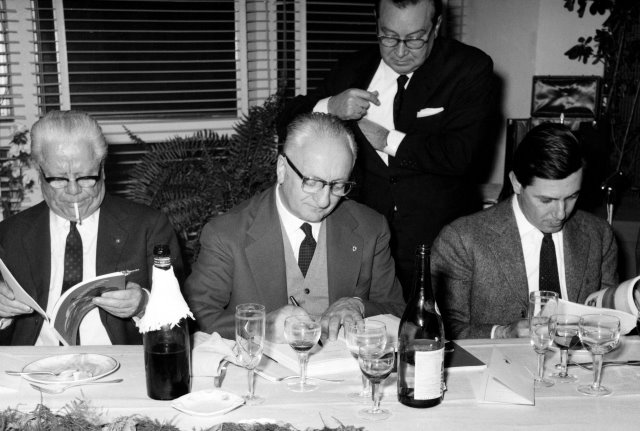
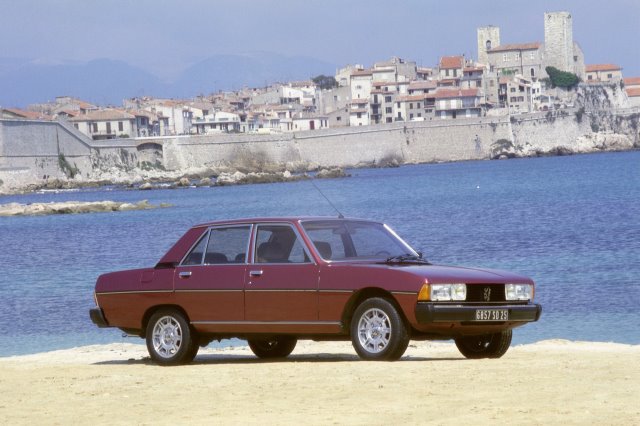
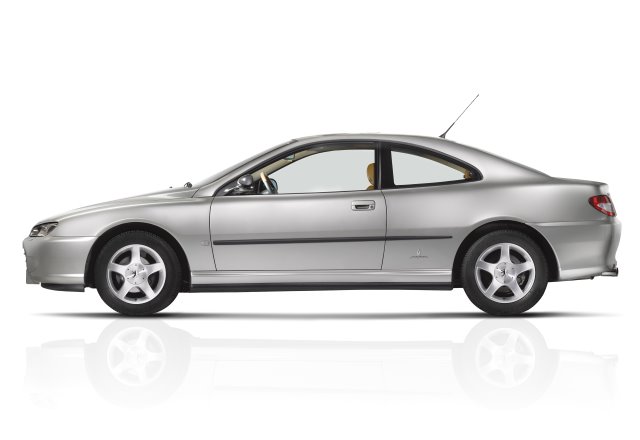
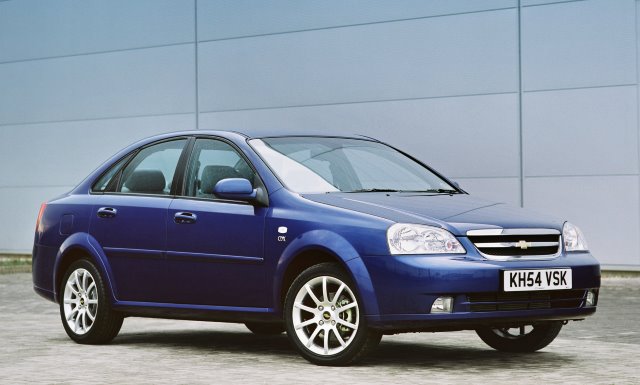
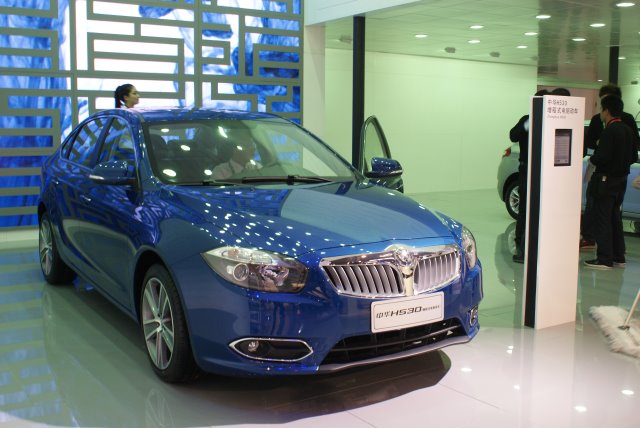
Above, from top Press conference at the end of 1962, with Enzo Ferrari, Battisita Pininfarina, and Sergio Pininfarina. Far humbler machines than Ferraris, with the boxy Peugeot 604 of the 1970s. Peugeot 406 Coupé. Daewoo Lacetti. Zhonghua H530.
The firm was also behind the sedan and wagon versions of the Daewoo Lacetti. Pininfarina has continued to look east, to the world’s biggest growth market for cars: mainland China, where it has been behind designs for the Hafei Lobo and Saibao 3, the Chery A3, and various models from Zhonghua (or China Brilliance), including the BS4 and the 2011 H530.
By the mid-2000s, Sergio Pininfarina had handed over the reins to his eldest son, Andrea, one of his three children. He had also been made a senator for life in Italy in 2005, but was never active in politics.
In 2008, Andrea Pininfarina was killed in a scooter accident and the firm had, by this point, grown too quickly, not heeding Battista’s warnings. The family was left with a symbolic 1·2 per cent share in the business, creditors holding the remainder. The company restructured in 2009 and things went back to a more stable footing under Paolo, Sergio’s younger son.
Sergio was head of the Italian business organization, Confindustria, from 1988 to 1992 and his honours included the Cavaliere del Lavoro by the President of the Italian Republic (1976), the French Légion d’Honneur (Chevalier, 1979, and Officier, 1997), the Premio Leonardo from the Italian president Oscar Luigi Scalfaro (1999), the Palme d’Or du Festival Automobile International (2005) and the Prix Européen de Design Automobile (2006); and he was inducted into the Automotive Hall of Fame of Dearborn, Michigan (2007); European Automotive Hall of Fame of Geneva (2008). He was awarded four honorary degrees.
On July 3, 2012, Lucire reported Pininfarina’s passing after a long illness at his home in Torino, in the presence of his wife Giorgia, and children Lorenza and Paolo.
Despite the variety of models created under Sergio Pininfarina’s watch, it is for the Ferraris that he will be known best. On his watch, there was the 1958 410 SA and the 1965 Dino Berlinetta Speciale prototypes, the Dino 246, the Daytona, the 308 GTB and GTS, and F40. The Dino, Daytona and 308 have regularly been credited for being the most beautiful cars either of all time or of their decade. Ferrari chairman Luca di Montezemolo credited Sergio with the Testarossa and the Enzo supercar in his tribute. Pininfarina himself sat on the board of Ferrari from 1969 to 2011.
In fact, di Montezemolo would not have been exaggerating when he summarized Pininfarina’s contribution: ‘Sergio was one of the most important advocates of “Made in Italy” all over the world, a man who gave Italy credibility and splendour.’ It is hard to imagine Italy without great Italian design, and a huge part of that must be due to Pininfarina and the direction he and Carli took the firm when they inherited it. Italian design’s greatest and proudest—and some might even say loudest—exponents have been Ferrari cars, the beauty of many which can be credited to Pininfarina, as well as that first meeting that he encouraged his father to take. •
Related articles hand-picked by our editors
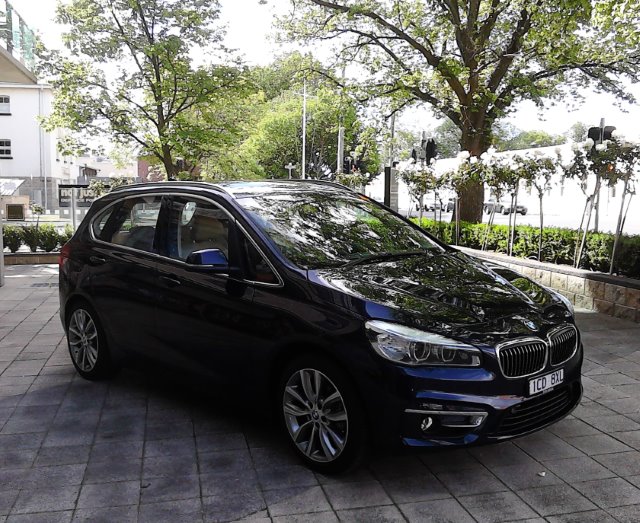
The car of our times
Jack Yan goes on the launch of the BMW 2-series Active Tourer, and answers just why the German marque sees fit to enter the compact monospace sector
photographed by the author and courtesy BMW
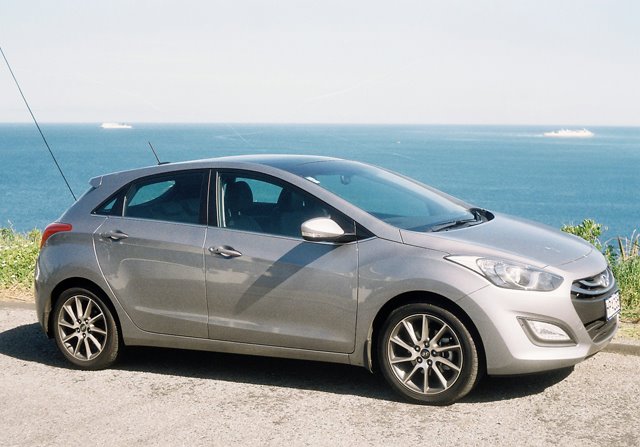
Building character
Jack Yan hops behind the wheel of the
Hyundai i30 Limited to see if the Korean giant delivers substance
in addition to its latest model’s style
photographed by the author
excerpted from issue 34 of Lucire
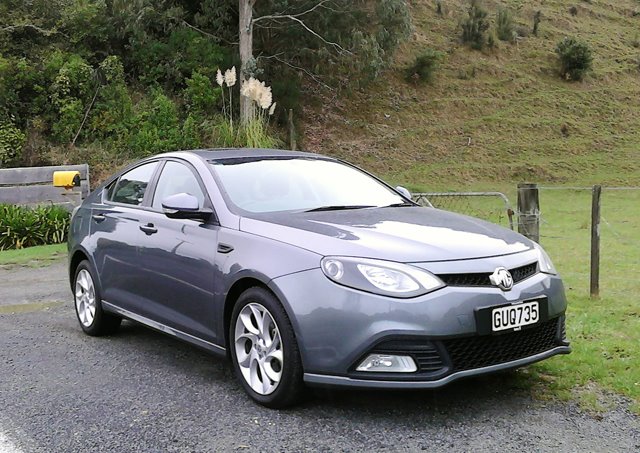
Shanghai knights
Jack Yan has some concerns with the MG 6, the first Chinese-made car tested by this magazine, but has high praise for the follow-up, the small MG 3—which shows just how rapidly China is becoming a car-making force
photographed by the author
Advertisement
Copyright ©1997–2022 by JY&A Media, part of Jack Yan & Associates. All rights reserved. JY&A terms and conditions and privacy policy apply to viewing this site. All prices in US dollars except where indicated. Contact us here.